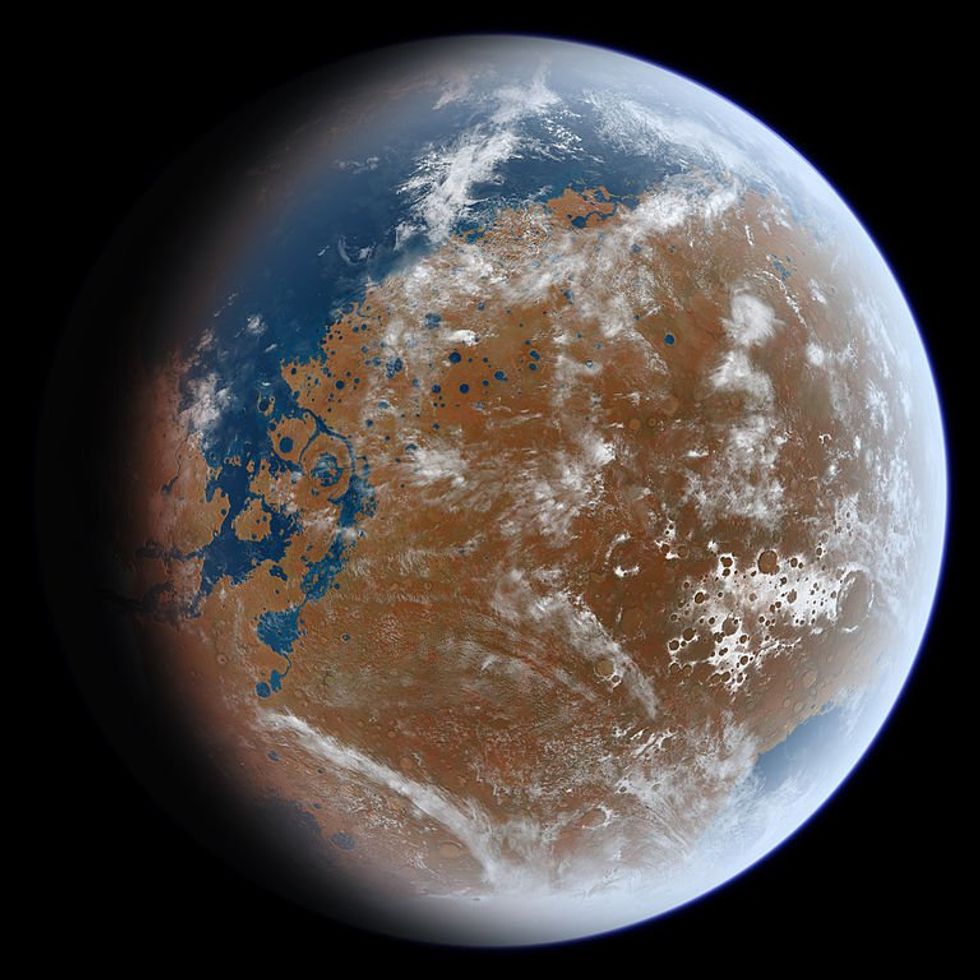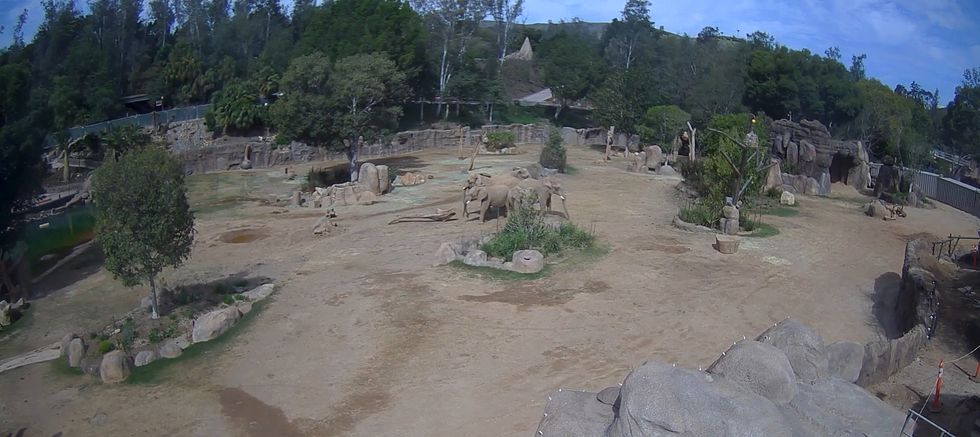Gregory Robinson
Feb 25, 2025
Is There An Obvious Reason Why We Haven’t Found Life on Mars?
ZMG - Amaze Lab / VideoElephant
The Mars we know today is a cold and dusty landscape, with a striking reddish appearance and rocky surface with volcanoes and canyons. But what if the Red Planet was once somewhat like your favourite exotic beach holiday destination?
Well according to new research, Mars once had oceans and beaches billions of years ago.
It's already widely believed that Mars once had water and valley networks and flowing rivers, but there has been debate among experts as to whether it also had oceans.
Researchers now believe there is fresh evidence supporting the idea of a Martian ocean after finding buried beaches. Scientists reported in the Proceedings of the National Academy of Sciences that the discovery had been made after analysing below-ground imaging data taken from China’s Zhurong rover.
The results taken from the planet’s northern lowlands are similar to those procured at Earth shorelines using radar that penetrates the ground. Both results suggest features in the subsurface material that have a similar tilt towards the direction of lowland, or an ocean.

This Martian beach, which would have been quite chilly, likely shifted position over time, researchers say.
“It’s a simple structure, but it tells you there had to be tides, there had to be waves, there had to be a nearby river supplying sediment, and all these things had to be active for some extended period of time,” Dr Benjamin Cardenas, co-author of research from Penn State University, toldThe Guardian.
Although the beach is long gone and there’s no possible way for humans to visit, the implications are very exciting. It may shed light on our understanding of Mars’ ability to host life in its past, because life as we know it needs water to survive.
Cardenas added: “We found evidence for wind, waves, no shortage of sand — a proper, vacation-style beach.”
Researchers noted that while tilted features could stem from other types of activity, none of the other examples explain the data. Volcanic rivers and sand dunes have been ruled out, Cardenas said.
“A beach is an interface between shallow water, air and land. It’s these sorts of environments where it’s thought life first came to be on Earth, and I think it would be a great place to send a follow-up mission looking for signs of past life.”
Mars lost its water because it lost its global magnetic field, which led to solar wind stripping away its atmosphere, including water vapour, into space over time. The planet’s weak gravity and exposure to solar radiation also contributed to this process.
Why not read…
A groundbreaking discovery on Mars could be proof of life
Mystery that 'splits Mars in two' finally solved after 50 years - thanks to a 'Marsquake'
How to join the indy100's free WhatsApp channel
Sign up for our free Indy100 weekly newsletter
Have your say in our news democracy. Click the upvote icon at the top of the page to help raise this article through the indy100 rankings.
Top 100
The Conversation (0)














